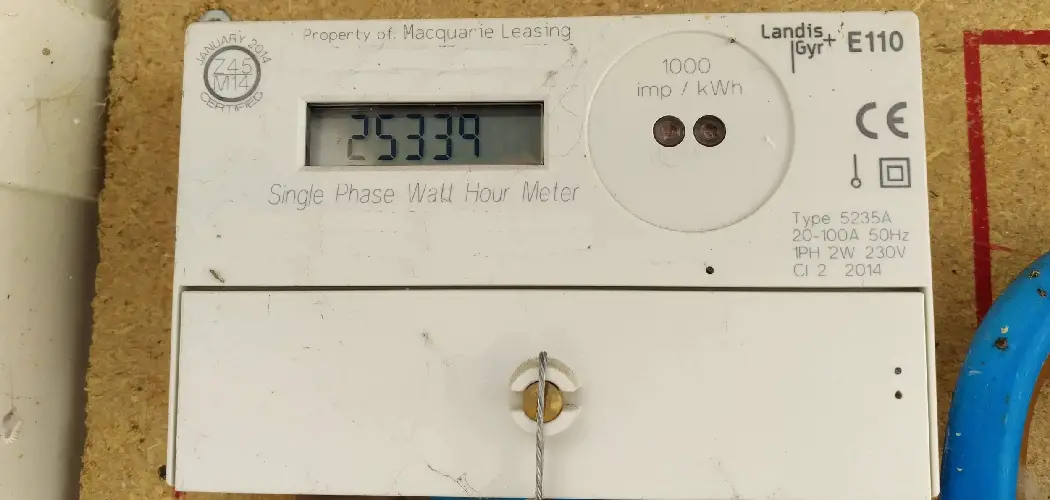Understanding your electric meter and being able to accurately calculate your electricity usage is crucial for managing energy costs and making informed decisions about your energy consumption. There are two main types of electric meters: mechanical and digital, each with its own unique way of displaying information. In this guide, we will explore how to read electric meter and calculate your electricity usage.
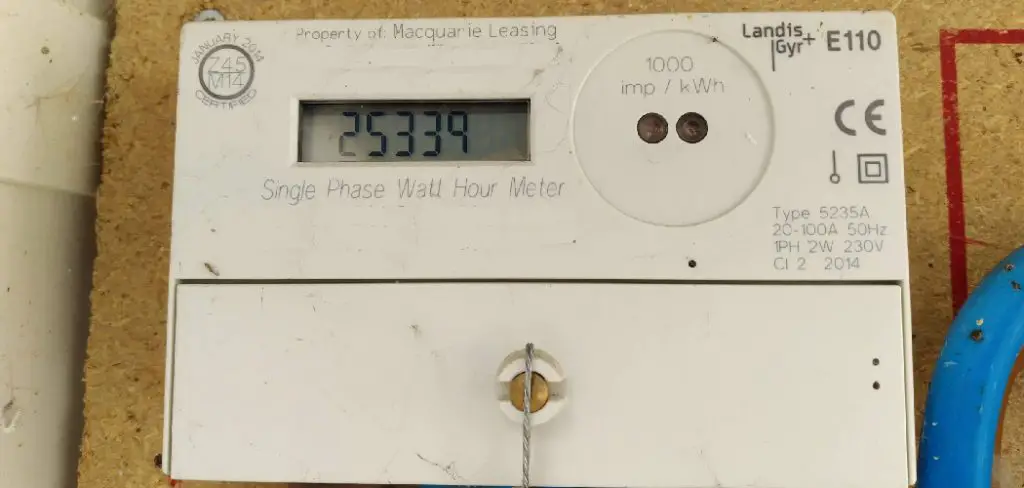
Can You Read the Electric Meter and Calculate?
Before we dive into the specifics of reading and calculating your electric meter, let’s ensure you have access to your electric meter. In most cases, your electric meter will be located outside of your home or in a locked utility room if you live in an apartment building. Contact your energy provider for assistance if you are unsure where your electric meter is located.
Once you have located your electric meter, take a moment to ensure that the readings on the meter match the ones on your electricity bill. If they do not match, make note of the discrepancy and contact your energy provider for clarification.
Why is it Important to Learn How to Read Electric Meter and Calculate?
Learning to read your electric meter and properly calculate your electricity usage is immensely valuable for several reasons. It allows you to monitor your household’s energy consumption in real-time, identifying energy wastage and implementing effective energy-saving measures. By accurately understanding your energy use, you can better manage your monthly utility bills and potentially reduce unnecessary expenses. Moreover, it’s an excellent way to become more environmentally conscious, as being aware of your energy consumption contributes to the broader goal of energy conservation and reducing carbon emissions.
Understanding The Type of Electric Meter
As mentioned earlier, there are two main types of electric meters: mechanical and digital. Mechanical meters have a spinning disc or dial that records the amount of electricity used. The rate at which the disc spins correlates to electricity consumption in your home.
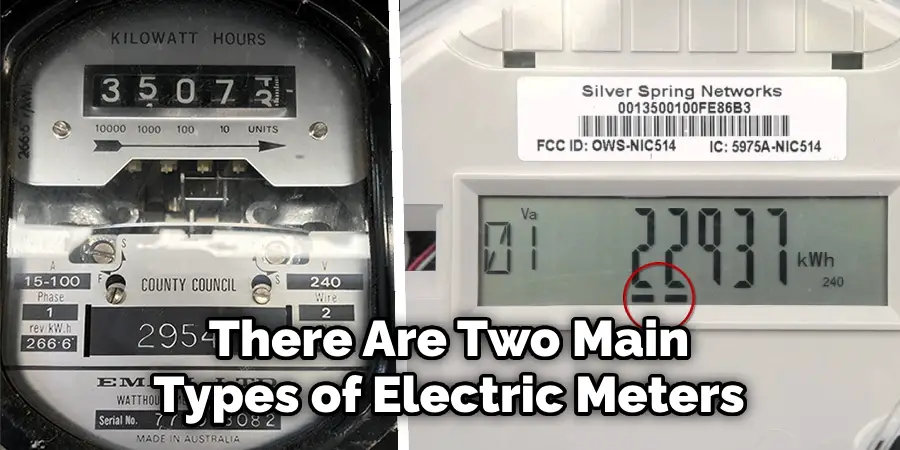
On the other hand, digital meters display numerical values on an electronic screen, making it easier to read and record usage accurately. They also have the added benefit of showing multiple readings, such as peak and off-peak usage.
Reading a Mechanical Meter
Locate the Meter:
The first step to reading a mechanical meter is locating it. As mentioned, your electric meter is typically located outside your home near the main electric panel. It may also be in a locked utility room if you live in an apartment building. Contact your energy provider for assistance if you are unsure where your meter is located.
Identify the Dials:
Once you have located your meter, take a moment to familiarize yourself with the dials. There are typically five dials, each with a number from 0-9. These numbers represent kWh units of electricity used.
Read the Dials:
To get an accurate reading, read the dials from left to right. Start by ignoring the last dial (usually red) that measures tenths of a kWh. Then, record the numbers displayed on each dial as a 5-digit number.
Recording the Reading:
After reading all five dials, you should have a 5-digit number recorded. This is your electricity usage in kWh for the current billing cycle. To calculate your monthly usage, simply subtract this reading from your previous month’s reading.
For example, Let’s say the dials on your mechanical meter read 5, 3, 8, 2, and 6. Your recorded reading would be 53826 kWh. If your previous month’s reading was 52310 kWh, your monthly usage would be (53826 – 52310) =1516 kWh.
Reading a Digital Meter
Locate the Display:
The first step to reading a digital meter is locating it. As mentioned before, your electric meter is typically located outside of your home near the main electric panel. It may also be located in a locked utility room if you live in an apartment building. Contact your energy provider for assistance if you are unsure where your meter is located.
Identify the Units:
Once you have located your meter, take note of the units displayed on the screen. Most digital meters will display “kWh” or kilowatt-hour, which is the unit used to measure electricity consumption.
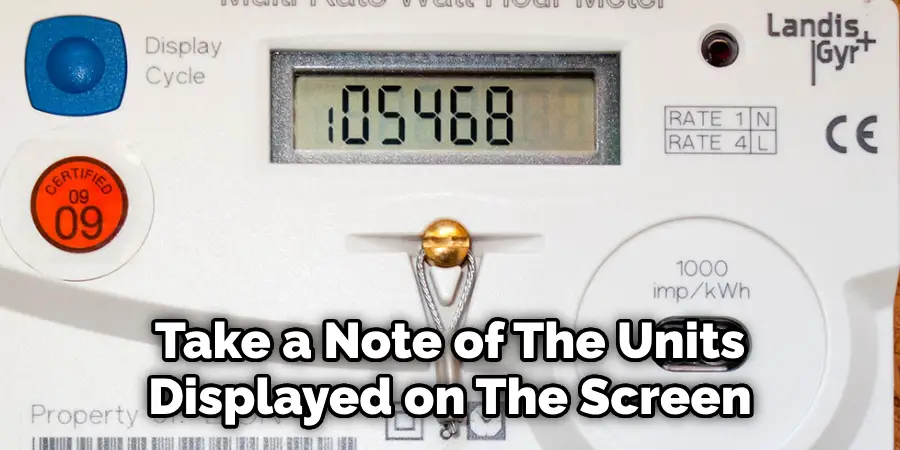
Read and Record the Display:
To get an accurate reading, simply record the numbers displayed on the screen. Some digital meters may have a button you can press to cycle through different readings, such as peak and off-peak usage.
For example, If your digital meter displays 1547 kWh, that would be your usage for the current billing cycle. To calculate your monthly usage, simply subtract this reading from your previous month’s reading.
Calculating Your Electricity Usage
Once you have your recorded readings for both the mechanical and digital meters, calculating your electricity usage is a simple process. By subtracting your previous month’s reading from your current month’s reading, you can determine how many kWh of electricity you used during that period.
For example, if last month’s reading was 1000 kWh and this month’s reading is 1500 kWh, your monthly usage would be (1500 – 1000) = 500 kWh. To calculate your monthly electricity bill, simply multiply this usage by the rate charged per kWh on your electricity bill.
Tips for Conserving Energy
Tips for Conserving Energy
- Monitor your usage and identify areas for improvement.
- Turn off lights and electronics when not in use.
- Use energy-efficient appliances and light bulbs.
- Unplug chargers and adapters when not in use.
- Consider renewable energy sources like solar panels.
Additional Tips for Energy Conservation
- Implement a ‘Power Down’ routine: Ensure that all lights, fans, and other electrical appliances are switched off when they’re not in use or before leaving the room. This practice can significantly reduce your energy consumption.
- Maintain your appliances: Regular maintenance of electrical appliances such as air conditioners and refrigerators can enhance their efficiency, thereby conserving energy.
- Utilize natural light: Make the most of natural light during the day instead of relying on artificial lighting. This can help decrease your energy usage.
- Manage your thermostat: Adjust your thermostat settings to be higher in summer and lower in winter. Even a small adjustment can result in significant energy savings.
- Invest in insulation: Proper home insulation can reduce the need for excessive heating or cooling, making it more energy efficient.
- Use a power strip: A power strip can help manage energy usage by allowing you to turn off multiple devices at once, reducing phantom power drain.
- Opt for energy-efficient models: When purchasing new appliances, opt for those with energy-efficient ratings. They may be more expensive initially, but they’ll save you money in the long run by reducing electricity consumption.
Overall, being mindful of your energy usage and finding ways to conserve can benefit both the environment and your wallet. By regularly reading and monitoring your electric meter, you can track your usage and make adjustments accordingly. Remember, small changes can add up to significant savings in the long run. So start implementing these tips today for a more sustainable future!
Benefits of Understanding Your Electric Meter and Calculating Usage
Electricity is fundamental in our daily lives, powering essential services and conveniences. As consumers, understanding how to read and calculate our electricity usage empowers us to control and optimize our energy consumption. This knowledge and mindful energy-saving practices contribute to a more sustainable lifestyle. Monitoring and adjusting our usage can significantly reduce our environmental footprint, save on energy costs, and promote a greener future.
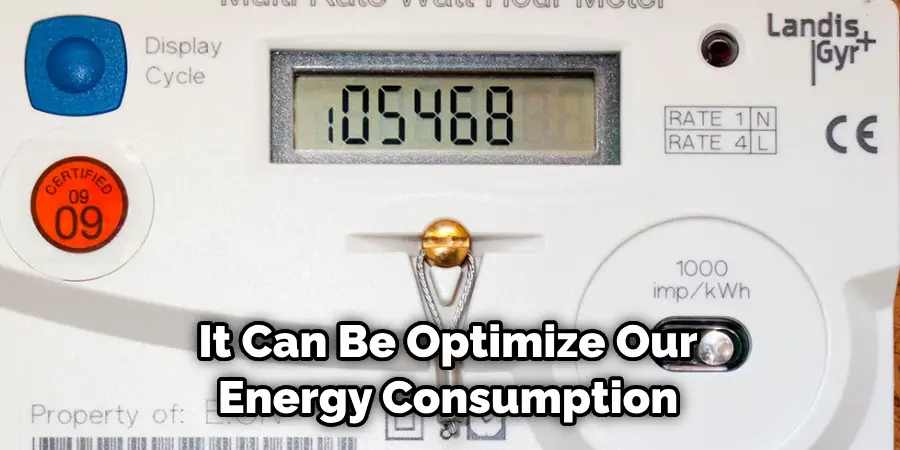
Frequently Asked Questions (FAQs)
How Do I Read My Electricity Meter?
A: The process of reading your meter depends on its type. Read the dials from left to right for a mechanical meter, ignoring the last one. For a digital meter, simply record the number displayed on the screen.
How Do I Calculate My Electricity Usage?
A: Subtract your current month’s meter reading from last month’s reading to get your monthly electricity usage in kWh.
What Is K Wh?
A: kWh stands for kilowatt-hour. Electricity companies use a unit of energy to measure your electricity usage.
How Can I Conserve Energy and Lower My Electricity Bill?
A: You can conserve energy by monitoring your usage, turning off lights and appliances when not in use, using energy-efficient appliances, and implementing a ‘Power Down’ routine, among other methods.
Why Can’t I Find My Meter?
A: Your meter is usually located outside your home near the main electric panel. If you live in an apartment building, it may be in a locked utility room. If you can’t locate it, contact your energy provider for assistance.
What Benefits Can I Get from Understanding My Electricity Usage?
A: Understanding your electricity usage enables you to manage your energy consumption better, which can lead to significant savings on your energy bills and a reduced environmental footprint.
Conclusion
In conclusion, learning how to read your electric meter and calculate your electricity usage is a valuable skill that can benefit both you and the environment. By understanding these processes, you can monitor and manage your energy consumption, adopt energy-saving practices, and contribute to a more sustainable future. So take the time to familiarize yourself with your electric meter and start making small changes today for a brighter tomorrow. Thanks for reading our post about how to read electric meter and calculate.

